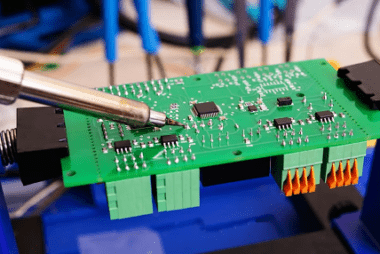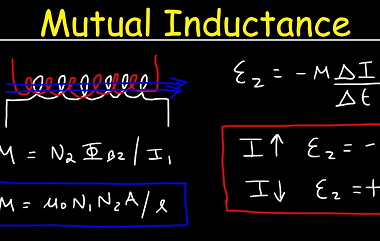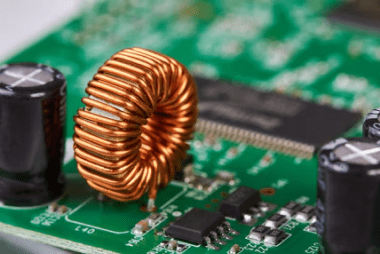Advance Course AIIMS-SYLLABUS Physics syllabus Power in AC circuits
Power in AC circuits Power in AC (alternating current) circuits is a key concept that relates to the flow of electrical energy. In AC circuits, the voltage and current alternate periodically, resulting in a sinusoidal waveform. The instantaneous power in an AC circuit can be calculated using the following formula: Instantaneous power (P) = Voltage…









